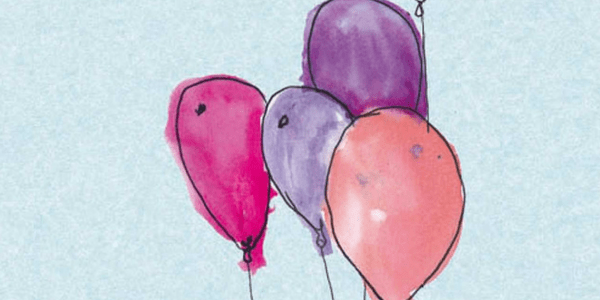
Shaolin Qi Gong: Energy in Motion
, by Shi Xinggui and Eleonore Vogl
Destiny Books, 9781594772641, 151 pp, 2008
Qi Gong is an ancient Chinese form of exercise for both the body and the spirit, having roots back as far as three to five thousand years in our past. This book unfortunately does not touch too much on what makes Shaolin Qi Gong different than other forms of Qi Gong, but does explain that this system draws a difference between Hard Qi Gong, the more physical and martial forms and usage, and Soft Qi Gong, the internal, energetic form with more of a focus on healing and support. This book and the included DVD focus on the Soft Qi Gong, and how proper care and maintenance of the energetic body can lead to a happier, healthier and more stable life.
This book is written for the beginner to Qi Gong and related forms of exercise. Vogl writes with great enthusiasm for the teaching and the potentials it holds for the student, that I couldn’t help get swept into a little, and by the end of the book and my trials felt was justified. The basics of the philosophy and theory are covered; the three energies, the two polarities, the three energy centres, and the interconnected nature of the physical body and the energetic body.
The book swiftly moves into a number of connected exercises from Shi Xinggui’s form of Shaolin Qi Gong, from the basics of awakening the energy body, to directed use of the Heaven and Earth Energies, and finally into the closing procedures. I felt the book contained the perfect amount of description and theory for a beginner, enough to get them going and understanding what they are doing, without bogging them down with details they can’t yet understand. I also felt the amount of pictures hit that same sweet spot, as books I’ve read before on Qi Gong and Tai Chi have always suffered with too few pictures, leaving me guessing how to get from point A to point B, or too many pictures, making the entire procedure seem more complicated than it is. My only complaint is that the closing procedure is at the end of the book, meaning if you try the exercises as you go along, you aren’t properly settling and chambering your energy when you are done, until you’ve reached the end of the book.
Included with the book is a DVD, just under an hour long of Shi Xinggui silently working through all of the exercises in the book in order. I found this very helpful for me to correct or confirm the speeds I was doing the various exercises at. The scenery and the music on the DVD are very serene and beautiful in a way that was supportive to the exercises and following along, without intruding upon them.
Anyone looking for a book on the absolute basics of Qi Gong, and how to perform different exercises would not go wrong with picking up this book and DVD, I heartily recommend them.








